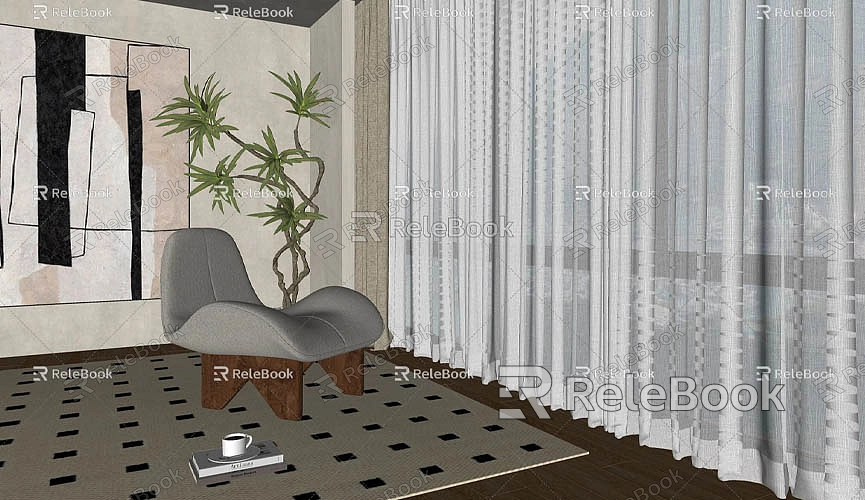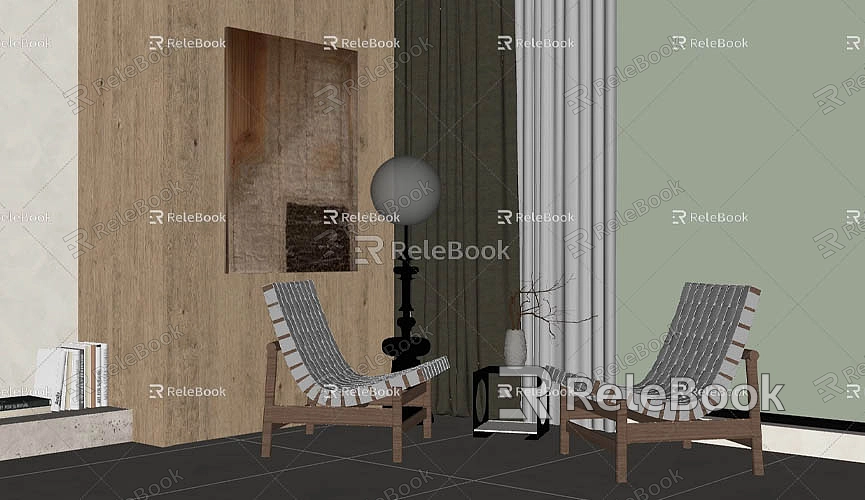How to make sketchup model bigger
When working with SketchUp for 3D modeling, one common challenge is how to make a model larger. This isn’t simply about scaling up the entire model; it also involves managing dimensions, proportions, details, and performance. Whether you’re working on architectural designs, interior layouts, or virtual environments, resizing a model to fit larger display spaces or more complex scenes often becomes necessary as the project evolves. In this article, we’ll explore effective ways to enlarge a SketchUp model while ensuring accuracy, usability, and visual appeal.
Understanding the Importance of Model Size
Model size is not just a matter of numbers; it’s closely tied to practical applications. Designers must ensure that their model dimensions meet the actual requirements, especially in fields like architecture, urban planning, and interior design. Models that are too small or too large can distort the design’s impact and even affect construction or presentation outcomes.

Additionally, as the model size increases, it’s essential to maintain its integrity without distortion or loss of detail. Scaling up a model requires careful consideration of proportions, textures, materials, and overall performance to preserve realism without compromising usability.
Calibrating Dimensions and Proportions
Maintaining accurate proportions is critical when resizing a model. Distorted proportions can lead to unrealistic visuals and issues during rendering or post-production. Fortunately, SketchUp provides several tools to help designers ensure precise scaling.
Measure and Adjust Dimensions
The Tape Measure tool is fundamental for verifying a model’s current dimensions. Before scaling up, check the size of key elements to ensure they match your needs. To enlarge the entire model, use the Scale Tool but confirm dimensions beforehand.
Input Specific Scaling Values
For precise adjustments, input exact scaling values when enlarging a model. For instance, you can specify a scale multiplier to ensure uniform enlargement. This guarantees that all parts of the model maintain their proportions.
Preserve Ratios
After scaling, confirm that the length, width, and height remain consistent. Accurate ratios are essential for maintaining realism, especially in detailed architectural or structural models.
Using the Scale Tool for Adjustments
The Scale Tool in SketchUp is a straightforward way to resize a model. Simply select the model and drag the control points to enlarge it. While this is ideal for general or localized scaling, keep in mind that enlarging complex geometry might lead to unintended distortion.
Segment the Model into Groups or Components
For complex models, break them into groups or components before scaling. This allows you to resize individual sections without affecting the entire model, preserving details and accuracy.
Check and Adjust Small Details
Be mindful of intricate elements that might lose clarity when scaled up. Examine these parts closely, and if necessary, adjust them separately to maintain their precision.
Preventing Distortion When Scaling Up
Proportional scaling is vital when enlarging a model. While the Scale Tool is intuitive, improper use can lead to distortions, such as disproportionate shapes.
Lock Proportions While Scaling

To maintain consistent proportions, hold down the Shift key while using the Scale Tool. This ensures that the model enlarges uniformly along all axes, preserving its original shape.
Verify Shapes and Sizes
After scaling, double-check the overall model and individual elements to ensure no distortion has occurred.
Adjusting Materials and Textures for Larger Models
Details are critical for larger models, especially in architecture and interior design. Materials and textures often require adjustments after scaling to maintain their quality and realism.
Use High-Resolution Textures
Low-resolution textures can become blurry or pixelated when scaled up. Opt for high-resolution, seamless textures to ensure surfaces remain sharp and detailed. You can download free high-quality 3D textures and HDRI resources from Relebook’s Texture Library to enhance your models.
Refine Texture Mapping
Check and adjust UV mapping to ensure textures align correctly after scaling. Distorted or stretched textures can break the model’s realism. Use SketchUp’s Position Texture tool to manually align and scale textures for each surface.
Managing Performance with Larger Models
As the size and complexity of a model increase, performance issues can arise. Larger models can slow down SketchUp, making it harder to work efficiently. Here’s how to optimize performance:
Simplify Geometry
Group components and reduce unnecessary details. Breaking down the model into manageable sections helps improve responsiveness.
Use Proxy Models
During the design phase, replace detailed components with proxy models. These are simplified placeholders that improve performance while retaining the overall structure. Full details can be restored during rendering.
Enhancing Rendered Visuals for Larger Models
Rendering is the final step to showcase your enlarged model, and it’s crucial to highlight the added size and details effectively. Larger models require advanced rendering techniques to fully display their realism.
Select High-Quality Rendering Tools
Third-party rendering tools like V-Ray, Enscape, or Lumion can provide superior lighting, shadows, and texture effects, making your enlarged model look stunning.
Optimize Lighting and Shadows
For larger architectural or interior models, natural lighting and shadow effects are key. Rendering tools can simulate different times of day to create realistic lighting conditions.
Fine-Tune Reflective and Refractive Materials
Adjust properties like reflection and refraction for materials such as glass and metal to ensure they look realistic at the larger scale.
Using Professional Resources to Enhance Models
When working with enlarged models, adding high-quality details can elevate the design’s realism. Use professional 3D resources to enrich your model:
High-Quality 3D Models
Add detailed furniture, plants, or decor from Relebook’s 3D Model Library. These resources can be directly imported into SketchUp to enhance the scene.
HDRI Environment Maps
HDRI maps provide realistic environmental lighting for your scenes. Incorporating HDRI can enhance reflections and overall ambiance, especially in large-scale renderings.
Enlarging a SketchUp model is not just about scaling—it involves fine-tuning multiple aspects, from proportions and materials to performance and rendering. By calibrating dimensions, optimizing textures, and using high-quality resources, designers can scale up models while preserving their realism and detail. Additionally, advanced rendering tools help bring out the full visual potential of larger models.
With the techniques shared in this article, you’ll be equipped to handle size adjustments in SketchUp effectively. Whether you’re working on architecture, interiors, or virtual environments, careful scaling and optimization ensure that even the largest models deliver stunning results.

